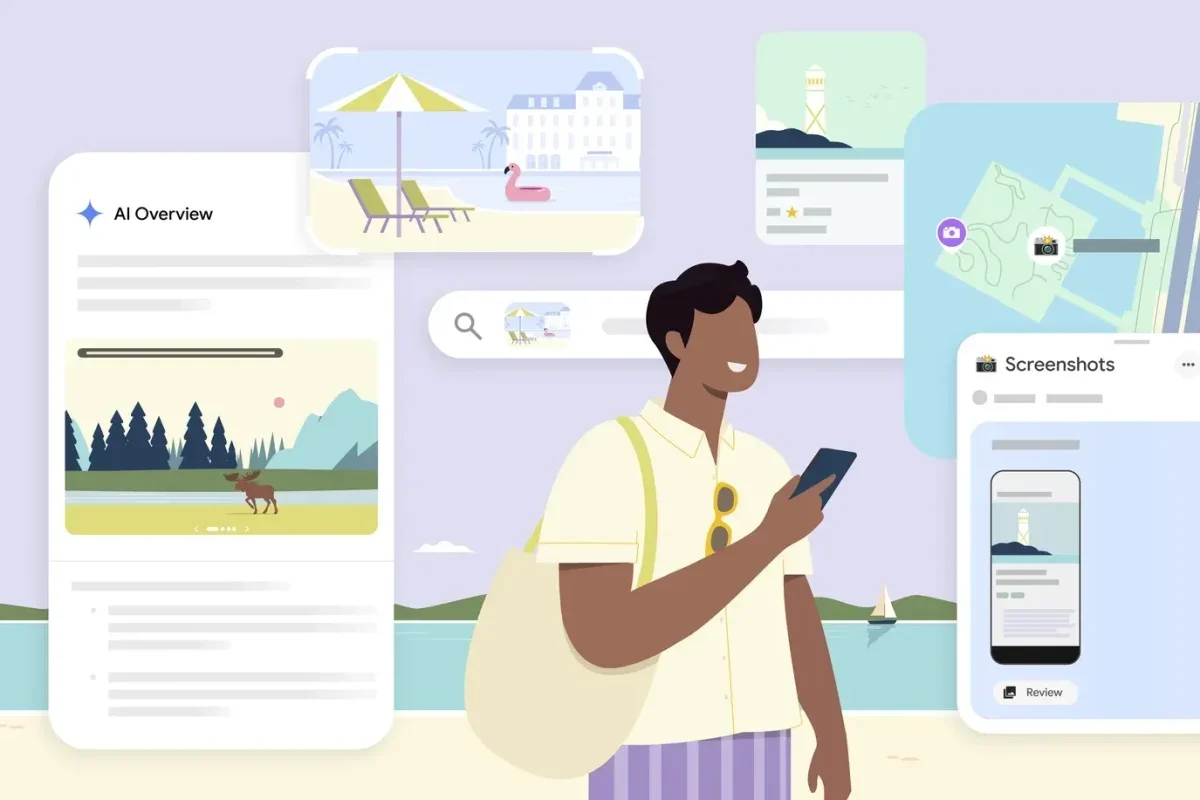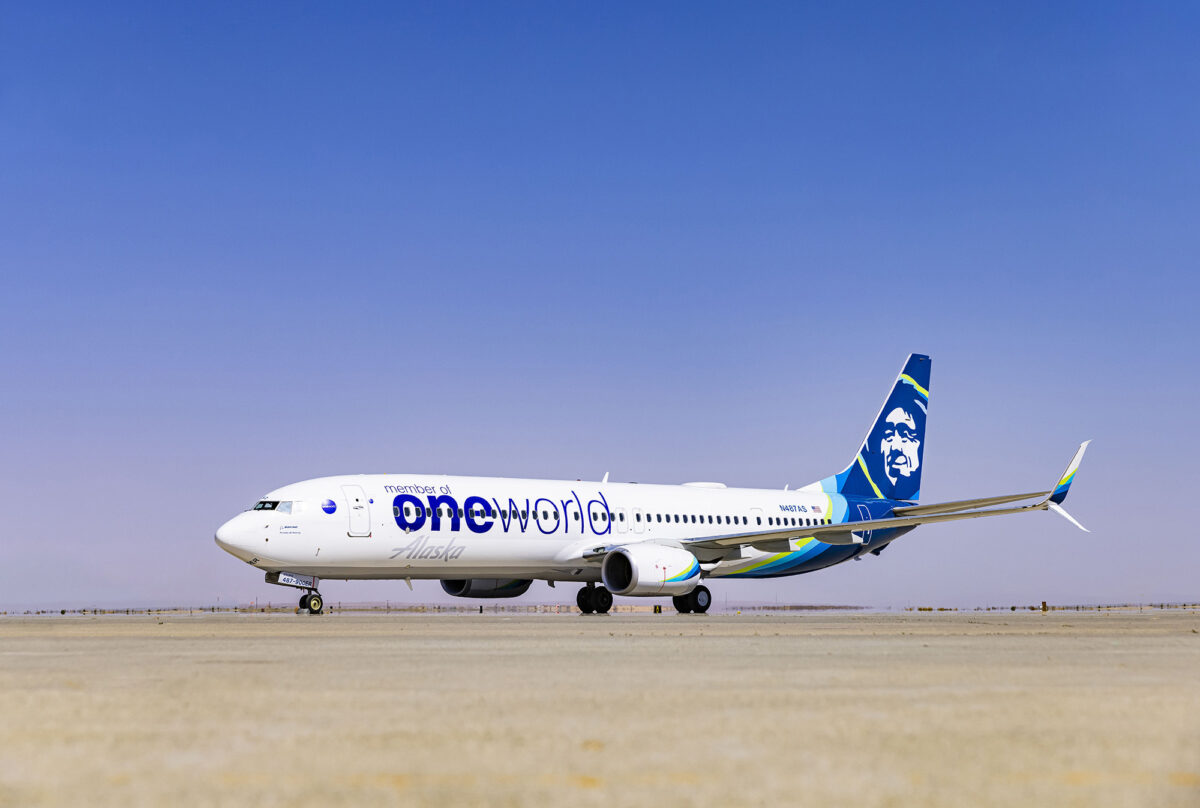U.S. Travelers Want Airports to Track Their Mobile Devices
Skift Take
Navigating through many U.S. airports requires courage, stamina and an abundance of patience, and more than half of passengers say they'd let an airport track their mobile devices if it meant getting accurate, updated wait times to help alleviate airport stressors.
The caveat is that travelers wouldn't want to give up any personally identifiable information in the process.
FlightView, a flight information company, released the results of its latest survey revealing 53% of U.S. travelers would let airports track their mobile devices without giving up personally identifiable information if it meant getting real-time updates on security lines, wait times at Customs and ticket counters, walking times between gates and more. The survey's demographics include 63% leisure travelers and 37% business travelers from 2,104 respondents polled from across the country.
“Airports wouldn't actually know your identity if they tracked your device," said Katherine Wellman, a spokesperson for FlightView. "Instead, their thought process would be, 'We don’t know who you are, we just know this is just the path that you’ve taken through the airport.' Passengers also recognize that this would add a lot of value for them, that the airport could run much more efficiently if it could track where blockages occur."
Mobile tracking already happens at some U.S. airports, such as Cincinnati/Northern Kentucky International Airport. The report points to findings from SITA indicating that half of the top 50 airports with the highest passenger traffic plan to run projects with testing Beacons and mobile devices over the next three years, and 19% plan to evaluate the inclusion of wearable technologies. SITA's current pilot at Miami International Airport uses 270 Beacons to track passenger flow, aggregate that information and present users with that info in a mobile app.
From its mobile tracking initiatives at North American airports, SITA also reported that an extra 10 minutes in a security line reduces an average customer's retail spend by 30%.
FlightView's survey also found that 63% of travelers wish TSA's PreCheck program was more widely available. This was the most-sought after element, followed by automatic check-in (54%), automated border control tech (43%) and passport scanners (41%).
Airports realize that travelers want more insight into their airport experiences but determining how to disseminate this information on mobile devices is what remains a challenge.
“Airports have really been focused on mobile websites in recent years," said Wellman. "Why would I want an app for an airport that I only go to once a year? I’ll just use the mobile website and won’t have an extra app on my device. There’s now a lot of richer functionality that airports can provide. There are some companies trying to place you on a terminal map as a blue dot like Google Maps does."
Wellman also foresees airport apps making a comeback in the future.
"I think airports will eventually go back to the idea of providing an app," said Wellman. "What I’ve heard more of through our partners is that airports really want their own app and own branding with lots of great information about their own airports. Maybe some day it will swing back the other way with an aggregator, but airports seem focused on a great app focusing on themselves."
The FlightView survey also found that 84% of respondents said they expect airports to keep them updated on their flight’s status. The survey didn't ask which party passengers would prefer receiving notifications from, airports vs. airlines, but this result still exemplifies the larger role passengers want airports to play in their trips. Currently, 50% of airports offer flight status notifications via mobile, according to SITA, and another 40% are expected to add this by 2017.
“Airports are starting to get a lot more information on so many other things like security wait times," said Wellman. "The airline can only tell them about the flight, the airport can tell them about a variety of things that could impact their trip.”
The survey was conducted in September and distributed to FlightView's app users.
Following is the full survey:
[gview file="https://skift.com/wp-content/uploads/2014/12/FlightView-dec.-2014-survey.pdf"]




